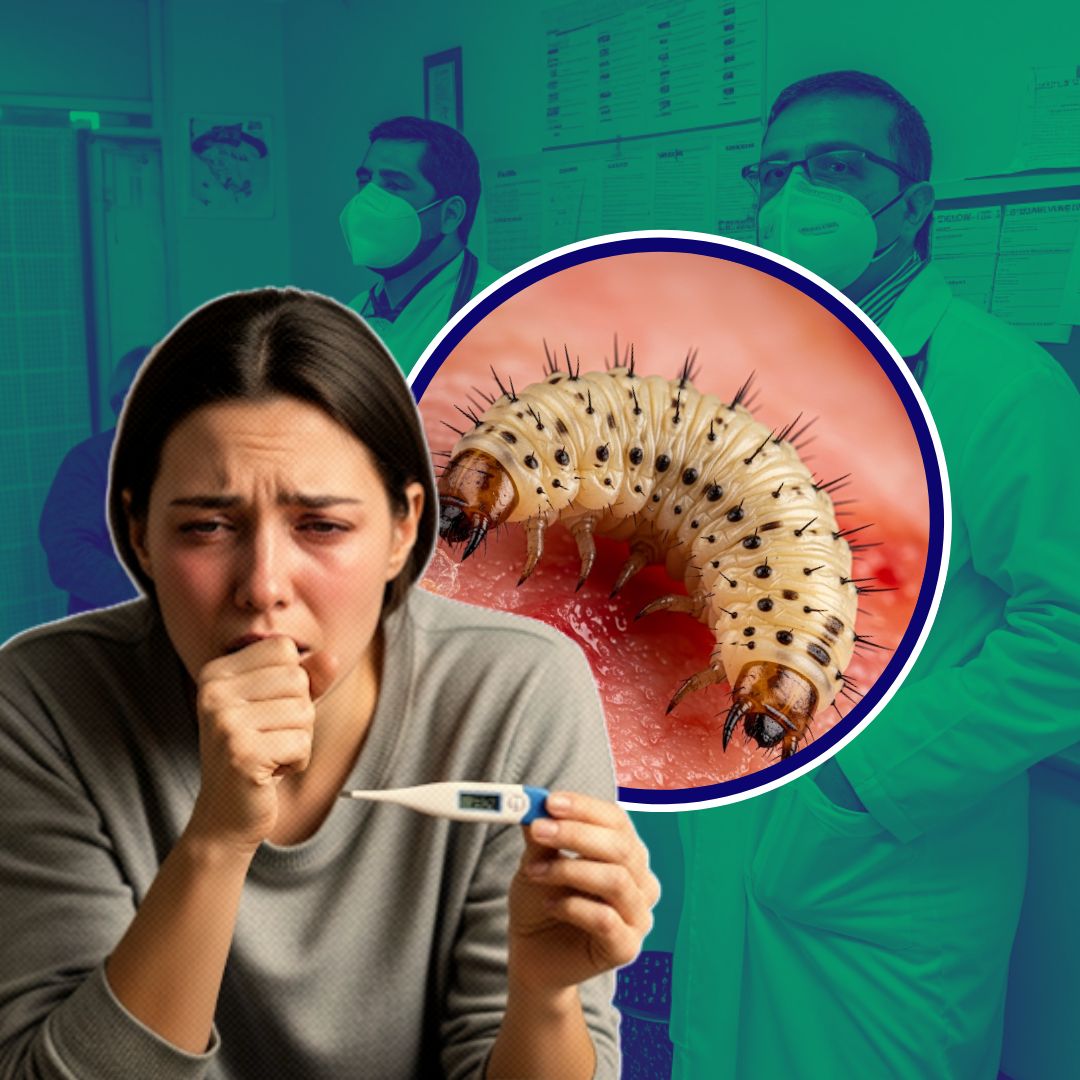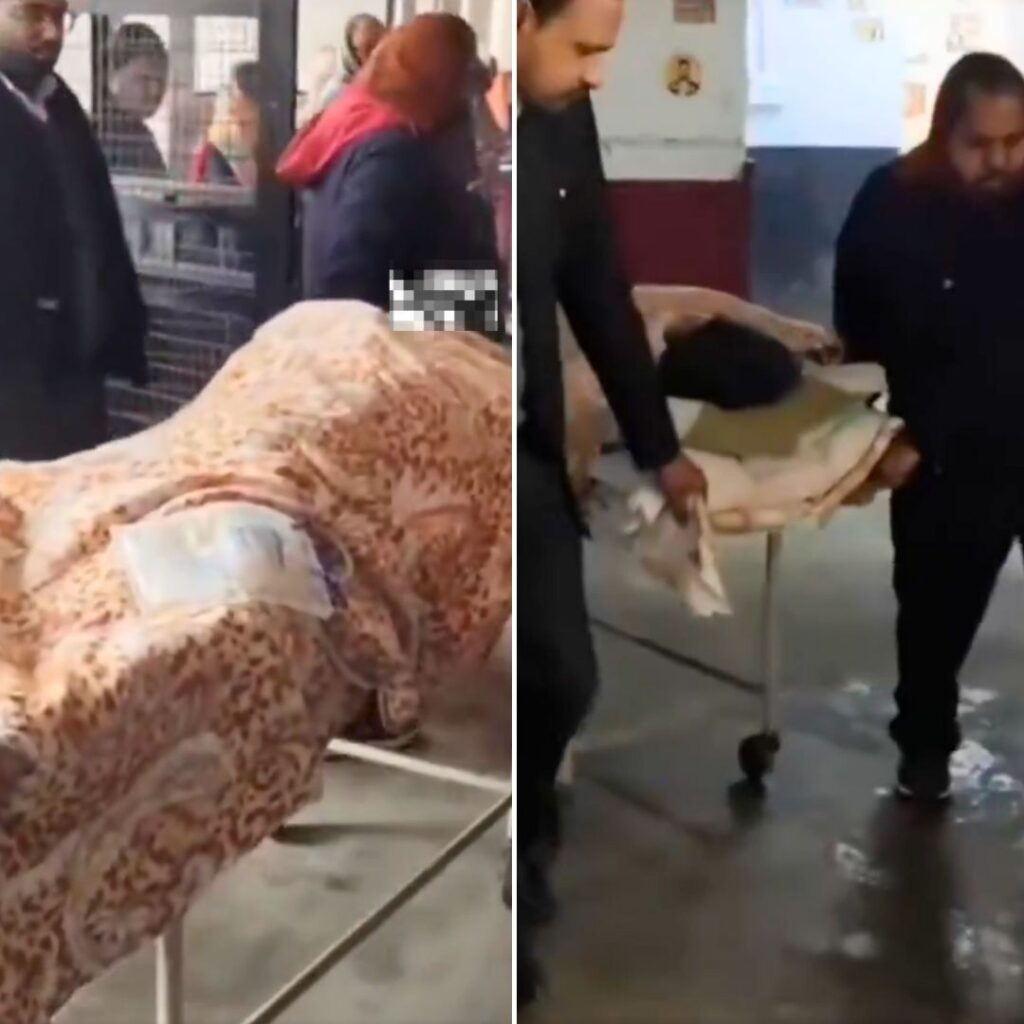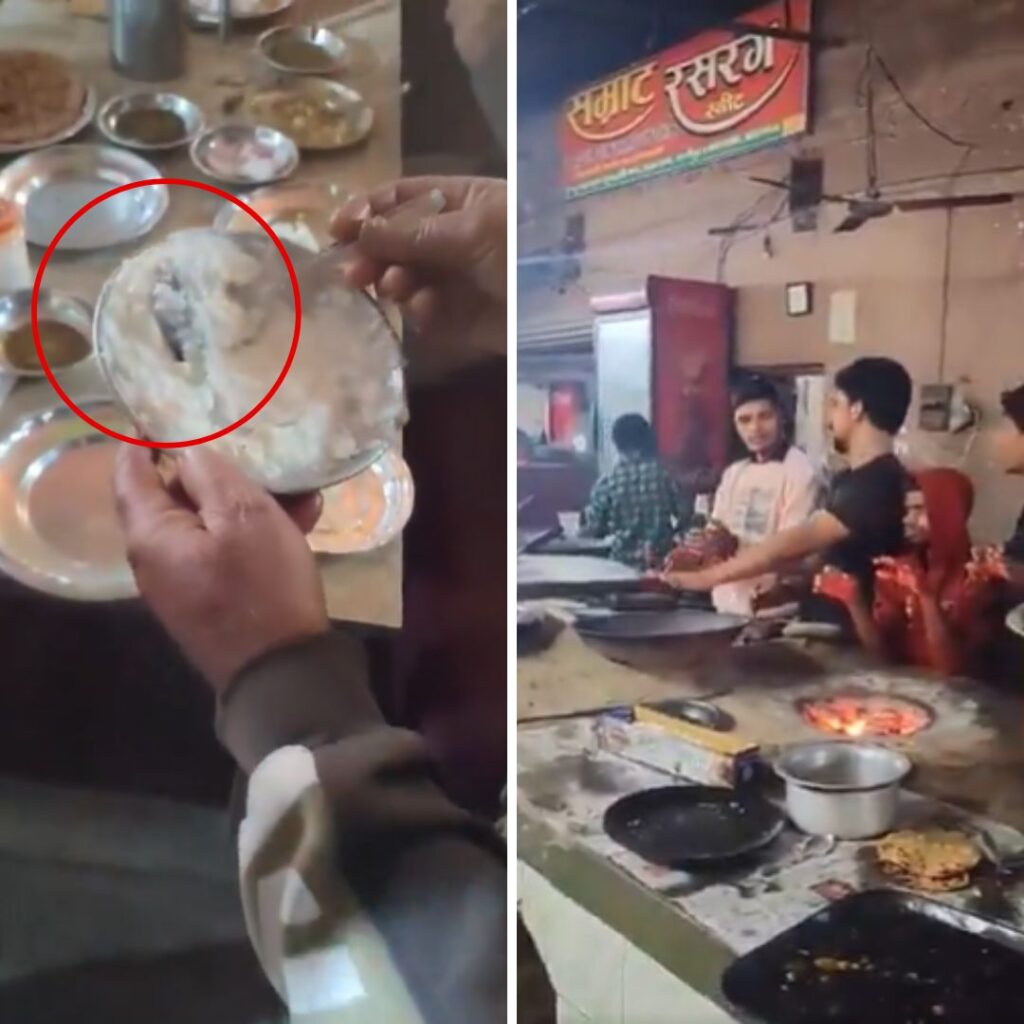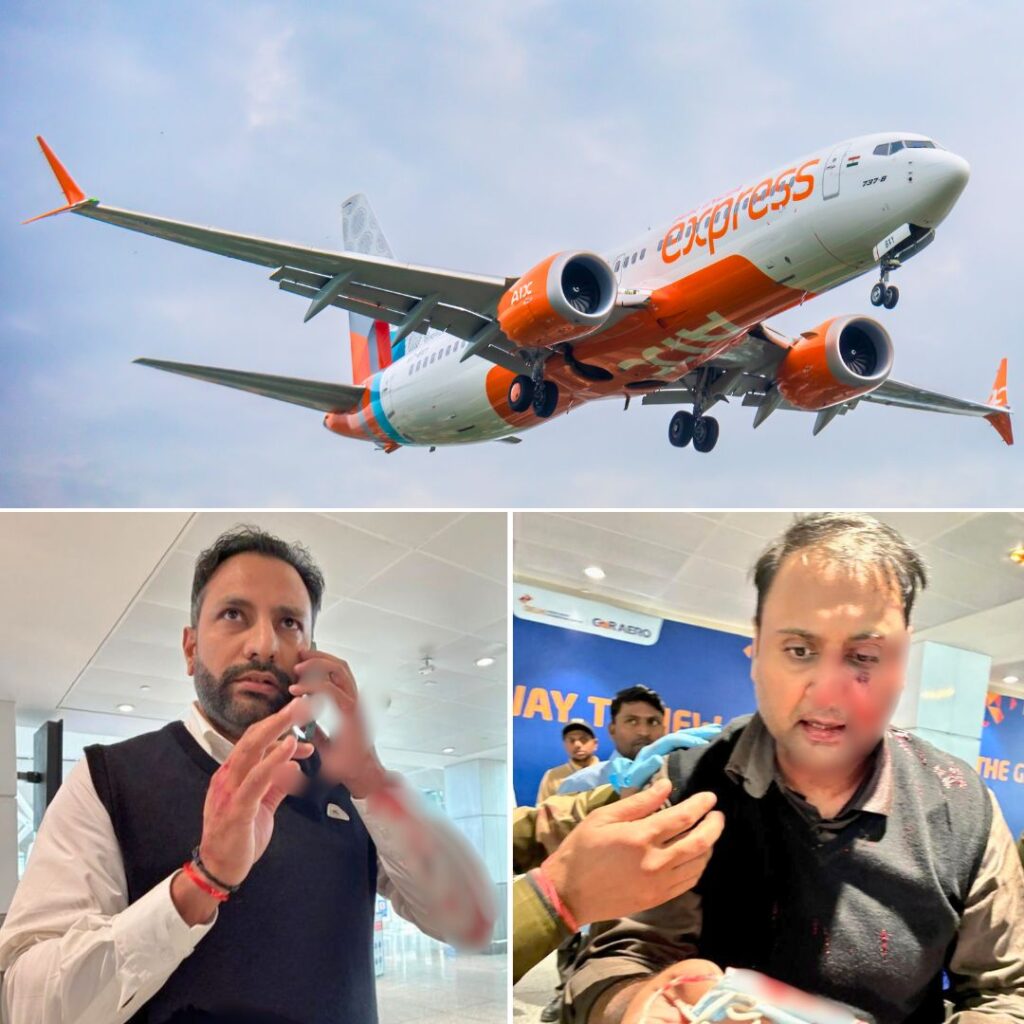The U.S. Department of Health and Human Services has confirmed the first human case of infection by the New World screwworm parasite in Maryland. This flesh-eating parasite, a species of parasitic fly larvae, feeds on living tissue and was detected in a patient who recently returned from El Salvador, a region currently experiencing outbreaks among livestock.
Prompt medical treatment led to full recovery, and officials maintain that the public health risk in the U.S. remains very low, with no evidence of further transmission to others. While rare in humans, the parasite poses a serious threat if untreated.
Understanding the New World Screwworm Parasite
New World screwworm (Cochliomyia hominivorax) is a type of blowfly that deposits eggs in the open wounds of warm-blooded animals, including livestock and occasionally humans. The eggs hatch into larvae (maggots) that burrow into live tissue, causing painful, progressive wounds and extensive tissue damage.
These larvae have sharp mouth hooks and spiral-shaped spines that screw them into flesh. Typical symptoms include severe pain, swelling, foul-smelling discharge, and visible larvae in wounds or body orifices such as the nose or eyes. If untreated, the infestation can rapidly worsen, leading to deep tissue destruction and secondary bacterial infections, sometimes with fatal consequences.
Symptoms and Diagnosis in Humans
In humans, screwworm infestation manifests as painful, slow-healing sores with an unusual foul odour. Patients may feel the disturbing sensation of larvae moving beneath their skin or in nasal or oral cavities. Fever and other signs of infection can develop if secondary bacterial invasion occurs.
Diagnosis usually involves visual identification of larvae in wounds during physical examination, coupled with patient history of recent travel to endemic areas. Advanced imaging may be required to assess the extent of tissue damage, especially in severe cases.
Treatment and Expert Advice
Treatment is urgent and involves the careful and complete removal of larvae, either manually or surgically, followed by thorough wound cleaning and disinfection. Antibiotics may be prescribed to combat secondary infections, and pain management is important.
Experts strongly advise against attempting to remove larvae without medical supervision, as incomplete removal can worsen the condition. In some cases, oral ivermectin has been used to paralyse larvae, but surgical clearance remains essential.
Prevention focuses on maintaining good hygiene, protecting open wounds, and using insect repellents such as EPA-registered products and permethrin-treated clothing, especially when traveling to endemic regions.
Current Context and Control Measures
Although eradicated from the U.S. in the 1980s through sterile male fly release programmes, the screwworm remains endemic in parts of Central and South America. The parasite has spread northward in recent years, threatening livestock industries and human health.
This recent Maryland case underscores the importance of continued surveillance, public awareness, and coordinated control efforts. The U.S. Department of Agriculture has restricted cattle imports from affected regions and plans to establish a new sterile fly production facility to combat the parasite’s resurgence.
The Logical Indian’s Perspective
This case exemplifies the complex interconnection between human health, animal health, and global travel patterns. It highlights the necessity for a science-based, empathetic approach in addressing emerging health threats, avoiding fear or stigma towards affected individuals or communities.
Public health strategy must be inclusive, transparent, and cooperative across borders to protect both people and animals efficiently.











